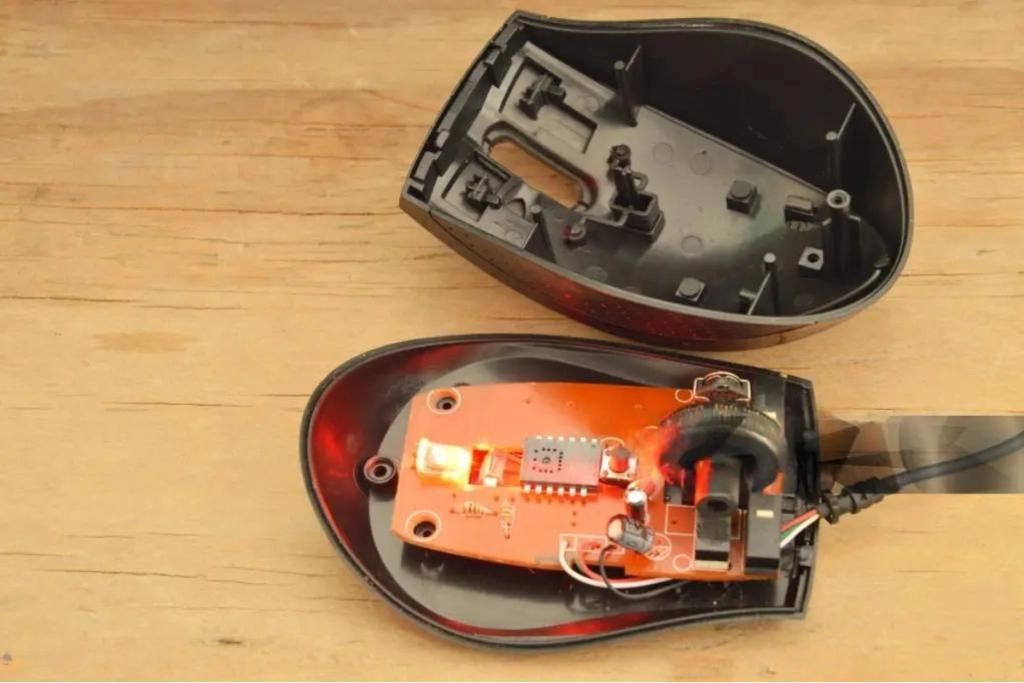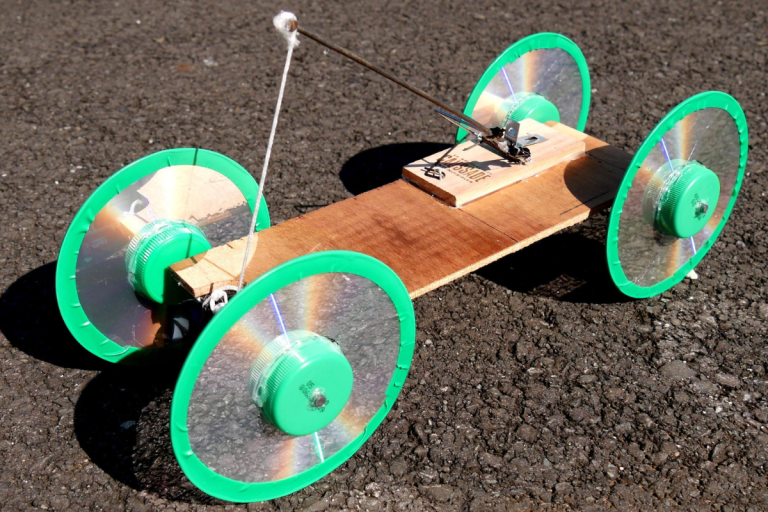How does a mouse trap work?
Curious if you’re a seasoned rodent wrangler or a newbie in the pest control game, understanding the mechanics behind these tiny marvels can be a game-changer. The fascinating world of mouse traps and unravels their secrets.
Effectiveness and Efficiency
Wondering how to make your mouse trap work, The factors that affect its effectiveness, and some handy tips to boost its efficiency.
Factors Affecting Trap Effectiveness
- Placement: Proper placement is key. Put traps where mice are active, such as along walls or near food sources.
- Bait Selection: Use enticing bait like peanut butter or cheese. Mice are attracted to strong smells and flavors.
- Trap Type: Choose the right trap for the job. Snap traps are effective for quick kills, while live traps are humane options for catch-and-release.
- Quantity: Don’t skimp on traps. Place several in strategic locations to increase your chances of catching mice.
Tips for Maximizing Trap Efficiency
- Regular Inspection: Check traps frequently and reset them as needed. Fresh bait and proper positioning are crucial for success.
- Keep it Clean: Mice are attracted to clutter and food debris. Keep your space tidy to discourage infestations.
- Strategic Placement: Experiment with trap placement until you find the sweet spot. Mice follow specific paths, so position traps accordingly.
- Patience is Key: Rome wasn’t built in a day, and neither is mouse eradication. Be patient and persistent in your trapping efforts.
Safety Considerations
The mouse traps, safety should always be a top priority. The essential precautions for trap usage and explore humane alternatives for controlling rodents.
Safety Precautions for Mouse Traps
- Keep Away from Children and Pets: Mouse traps can cause harm if mishandled. Place them in areas inaccessible to kids and pets.
- Use Gloves: Wear gloves when setting or handling traps to avoid contact with potentially harmful substances.
- Proper Disposal: Dispose of used traps carefully, following local regulations. Avoid touching dead rodents directly.
- Secure Placement: Ensure traps are securely placed to prevent accidental activation. Avoid placing them in high-traffic areas.
Humane Alternatives for Rodent Control
- Live Traps: Consider using live traps that capture mice without harming them. Release captured rodents far from your home in a safe location.
- Ultrasonic Repellents: These devices emit high-frequency sound waves that are unpleasant to rodents but harmless to humans and pets.
- Sealing Entry Points: Prevent mice from entering your home by sealing gaps and cracks in walls, doors, and windows.
- Natural Deterrents: Use natural deterrents like peppermint oil or vinegar to repel mice from your living space.
Innovations in Mouse Traps

In our ever-evolving quest to outsmart rodents, the exciting realm of modern mouse trap technology, and discover the latest innovations that are revolutionizing rodent control.
Exploring Modern Advancements
The world of mouse traps has seen remarkable progress in recent years, with innovative designs aiming to improve the efficacy, efficiency, and humane treatment of rodents.
Examples of Innovative Designs
- Electronic Traps: These high-tech marvels deliver a swift and humane electric shock upon detection of a mouse, swiftly dispatching the intruder without the mess or danger of traditional methods.
- Multi-Catch Traps: Ideal for tackling larger infestations, multi-catch traps are designed to capture multiple mice alive, offering a humane solution for ongoing rodent control.
- Smart Traps: Equipped with sensors and connectivity features, smart traps alert homeowners when they’ve caught a mouse, providing real-time monitoring and disposal notifications for ultimate convenience.
- Bucket Traps: A classic homemade solution, bucket traps utilize simple yet effective designs to capture mice alive, allowing for their release far from your home without harm.
Effectiveness of Innovative Designs
These cutting-edge traps not only improve catch rates but also reduce the risk of harm to non-target animals and minimize environmental impact, making them a win-win for both homeowners and Mother Nature.
Frequently Asked Questions
1. What materials can I use to create DIY mouse traps?
Common household items like cardboard, plastic bottles, and buckets can be repurposed to make effective DIY traps.
2. Are DIY traps as effective as store-bought traps?
With proper construction and placement, DIY traps can be just as effective at catching mice as store-bought traps.
3. Can DIY traps be environmentally friendly?
Yes, DIY traps can be eco-friendly if made from recyclable materials and used in conjunction with humane trapping methods.
4. Are there any safety considerations when using DIY traps?
Ensure DIY traps are securely constructed to prevent accidental activation and potential harm to humans or pets.
5. How can I ensure the success of my DIY mouse trap?
Follow step-by-step instructions carefully, use enticing bait, and strategically place traps in areas of high mouse activity for best results.
Conclusion
The mouse trap maestro, armed with the knowledge of how these ingenious contraptions work. With the right bait, placement, and a sprinkle of patience, you’ll be outsmarting those pesky rodents in no time.

